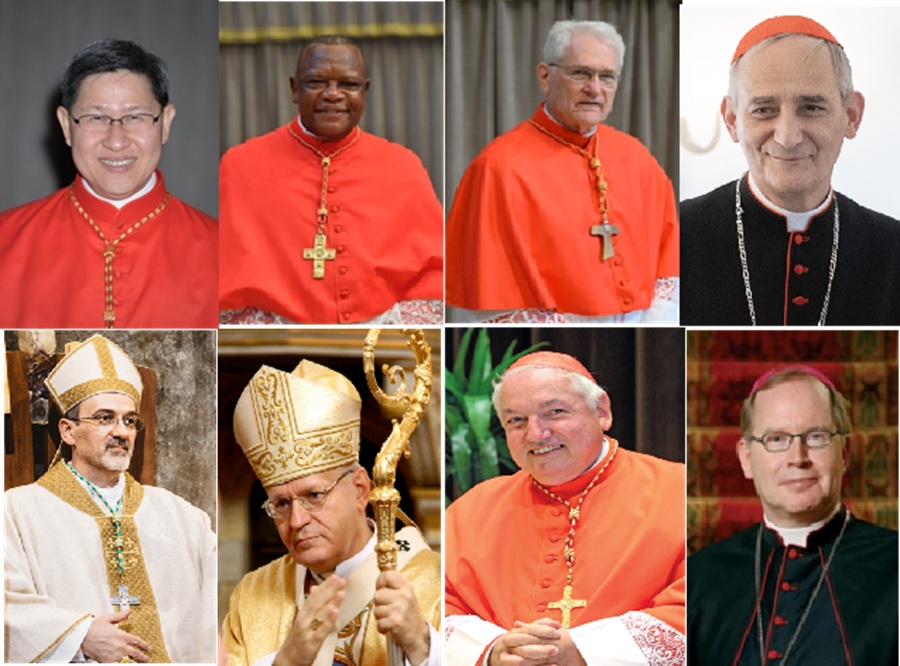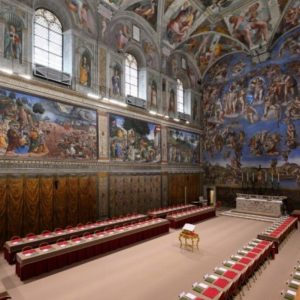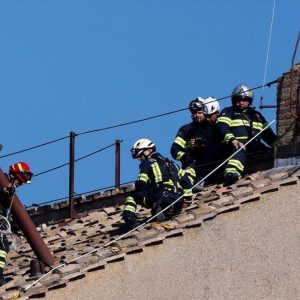Speculation over potential successors to Pope Francis has intensified following recent concerns over his health. Media have been circulating the names of possible papal candidates, known as papabile,especially as the geography of the College of Cardinal Electors has shifted significantly under Francis’s 12-year papacy.
During his time as pope, Francis has broadened the Church’s focus, appointing cardinals from regions where Catholicism is rapidly growing. This shift away from a traditionally Eurocentric and Italian-led hierarchy now influences the likely direction of the next conclave.
Among the names being discussed are Vatican Secretary of State Pietro Parolin and Archbishop of Bologna Matteo Zuppi, who also serves as president of the Italian Bishops Conference and papal envoy for Ukraine. Other papabili include Patriarch of Jerusalem Pierbattista Pizzaballa, Hungarian Cardinal Péter Erdő, and French Cardinal Jean-Marc Aveline.
Also in the frame are Dutch Cardinal Willem Jacobus Eijk, Filipino Cardinal Luis Antonio Tagle, seen as a voice of the expanding Asian Church. Congolese Cardinal Fridolin Ambongo Besungu reflects the growing African presence. Brazilian Cardinal Leonardo Ulrich Steiner, Archbishop of Manaus, represents Latin America, which produced its first pope in Francis.
135 cardinals eligible to vote in next conclave
A total of 135 cardinals are eligible to vote in the next conclave. Of these, 108 were appointed by Francis, 22 by Pope Benedict XVI, and five by John Paul II. Among Francis’s appointees is one of his most outspoken critics, German Cardinal Gerhard Ludwig Müller.
Opposition to Francis’s more progressive stance also comes from several African bishops, many of whom uphold conservative social views, and from a group of traditionalist American cardinals.
Diverse College of Cardinals
Under Francis, the College of Cardinals has become increasingly diverse. Today, it includes fewer Europeans and more representatives from what the pope has called the Church’s “peripheries”.
Current figures show 59 cardinals come from Europe (19 from Italy), 37 from the Americas (16 from North America, four from Central America, and 17 from South America), 20 from Asia, 16 from Africa, and three from Oceania.
Church analysts say the issues that will dominate the conclave reflect a Church moving away from entrenched privilege. Instead, the focus is expected to remain on social justice, environmental concerns, global inequality, and outreach to marginalised communities; all values which defined Francis’s papacy.
One major question, particularly relevant in light of current global conflicts, is the Church’s future relationship with politics. Pope Francis once described the present global situation as “a third world war fought piecemeal”.
The youngest cardinal eligible to vote is Ukrainian Bishop Mykola Bychok, who turned 45 in February. The oldest is Spanish Cardinal Carlos Osoro Sierra, who will turn 80 on 16 May and could be excluded if the conclave begins after that date. Close behind him in age is Guinean Cardinal Robert Sarah, who will also turn 80 in the coming weeks.





